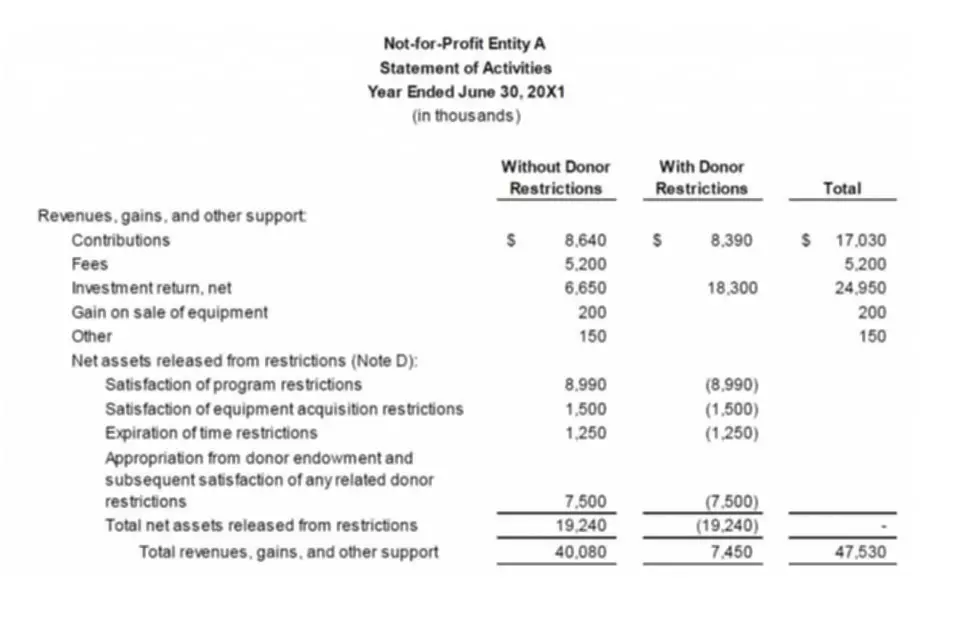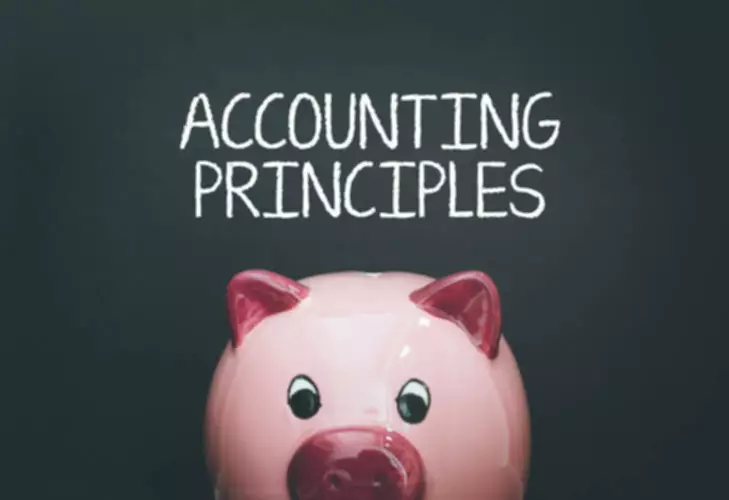Content

Ensuring the total compensation is reasonable and reflects the owner’s contributions to the business is vital. Once you determine reasonable compensation, any remaining profits can be distributed as an owner’s draw. It is important to note that owner’s draws are not https://www.bookstime.com/articles/owners-draw-vs-salary guaranteed and may not be distributed yearly, as they depend on the business’s profitability. The largest advantage to having an S corporation is the self-employment tax savings. Owners must pay them self-wages that are subject to Social Security and Medicare.

Lenders often favor a steady, predictable income when assessing your loan application. However, once your business is out of debt and has a steady revenue stream, you need to allocate money for your salary. Join our mailing list to receive the latest news and updates from our team.Don’t worry, your information will not be shared. However, you need to understand your amount of equity as an owner or member before taking a draw. So now that you know a bit about the different options available, let’s talk about how to factor in your type of business to this equation. The rules governing Limited Liability Companies vary depending on the state, so be sure to check your state laws before moving forward.
Owner’s Draw vs. Salary
The best starting point is taking a look at the value of your ownership stake in the company. A CPA or attorney can help you decide on the most tax-advantaged way to get money out of your business and into your wallet. Last but not least, equip yourself with high-quality expense management tools like Saldo Finance. It’s time-saving, cost-effective, risk-proof, transparent, and exceptionally secure. Expense management automation is a solution that gives your business a competitive edge in comparison with other entities that don’t use it.
There is another option to be taxed like a corporation, and if that’s the case, you won’t be able to take an owner’s draw. In an S corp, the owner’s salary is considered a business expense, just like paying any other employee. Any net profit that’s not used to pay owner salaries or taken out in a draw is taxed at the corporate tax rate, which is usually lower than the personal income tax rate. In an S Corporation (S Corp), the business elects to pass any financial gains or losses through the business and to their owners/shareholders for tax purposes.
Take a tour to see how easy payroll can be.
Let’s take a closer look at the accounting and tax implications of taking an owner’s draw from each of these structures. Depending on how the Limited Liability Company (LLC) is structured, owners may take a draw in some cases. Rules regarding LLCs are state-specific, so it’s best to review your state’s laws if you are a member in an LLC. Before we delve into the specifics of the https://www.bookstime.com/ owner’s draw and salary, it is crucial to understand what an S corporation is and how it differs from other business entities. However, it is vital for S corporations to properly determine how to allocate these distributions to comply with tax laws and ensure fair compensation for owners. Guaranteed payments are a fixed amount mirroring a salary, prevalent in partnerships.



